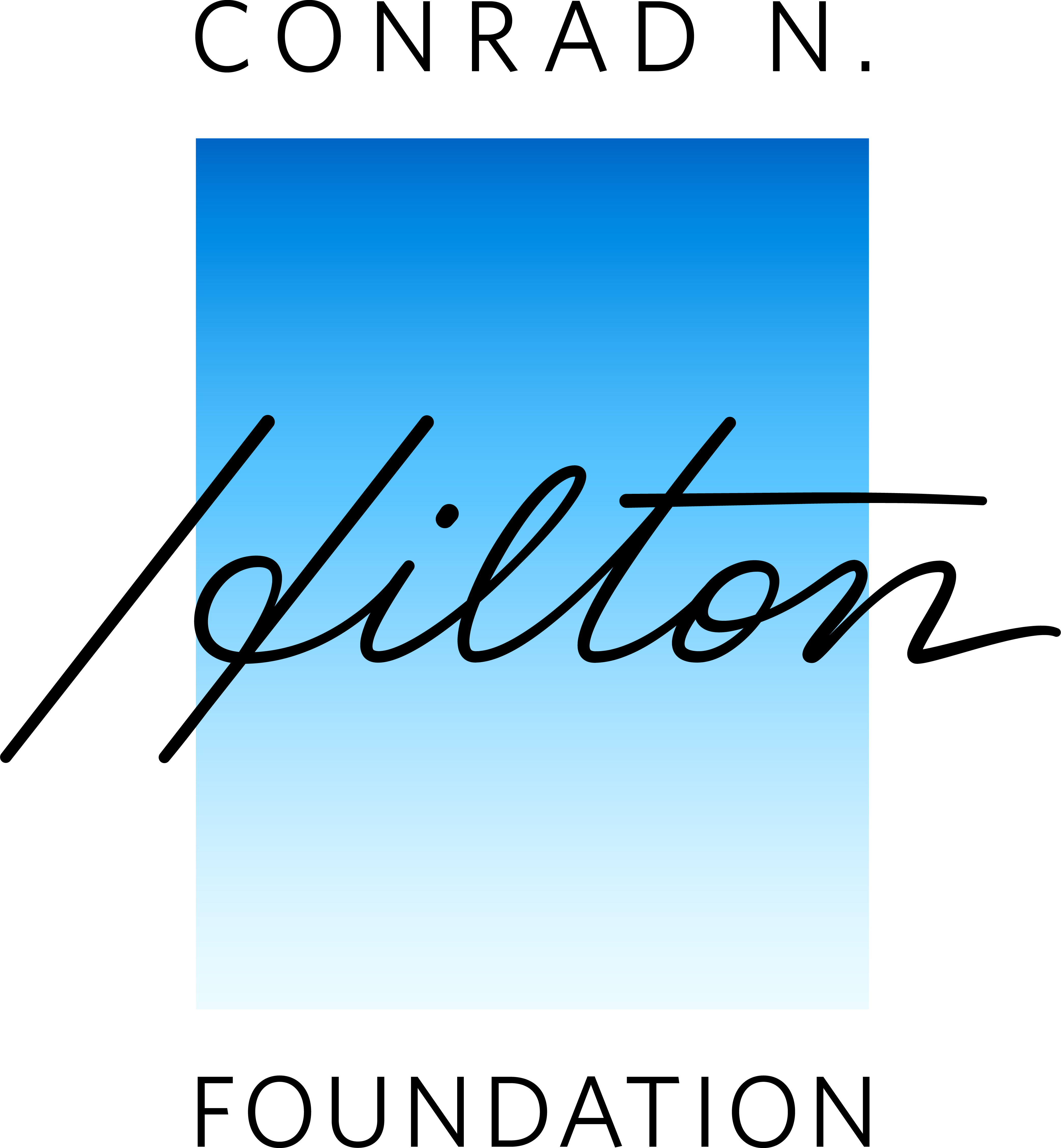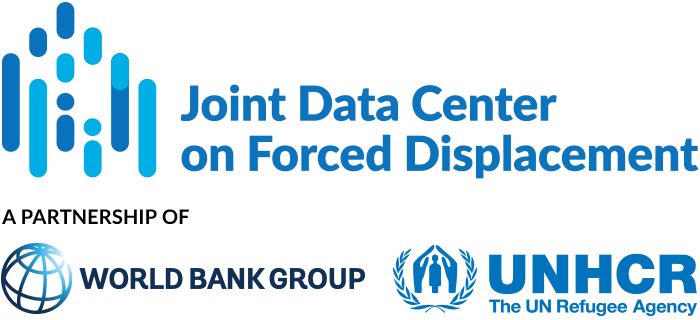We strive to improve the lives of forcibly displaced persons through evidence-driven action, inclusive policies, and data-informed decisions that shape impactful humanitarian and development solutions.
current activities
datasets produced
national surveys and censuses supported
analytical products supported
Our reach
Analysis
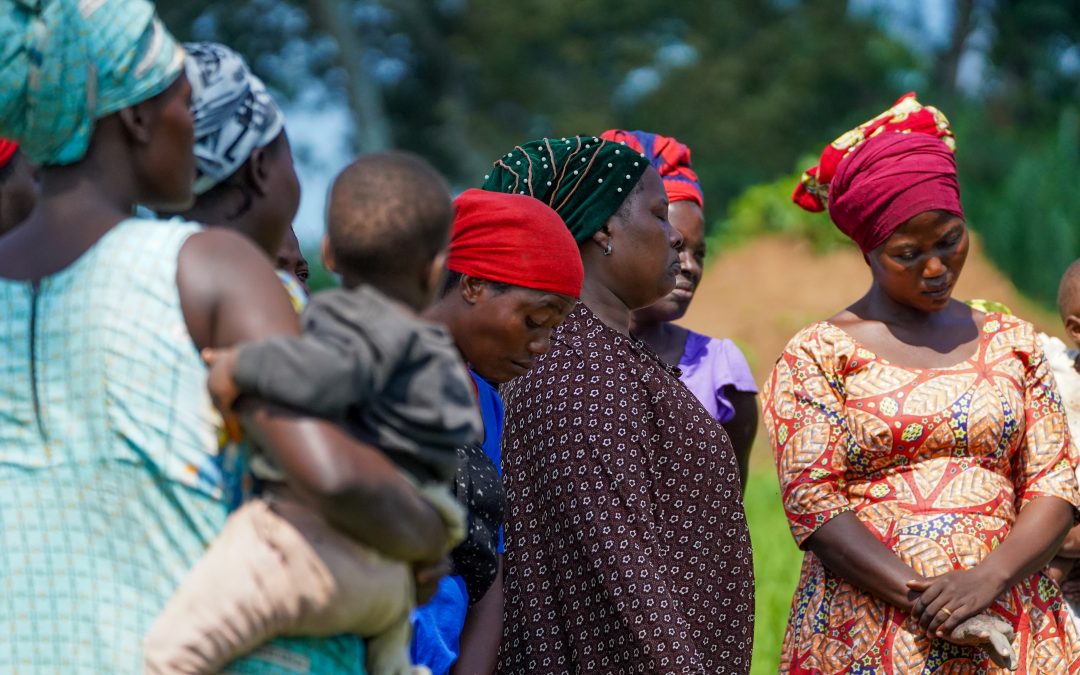
2022 Uganda Demographic and Health Survey
The 2022 Uganda Demographic and Health Survey (UDHS) provides crucial data on the socio-demographic and health conditions of Uganda’s refugee population, highlighting key challenges in areas such as fertility, family planning, and healthcare access. The survey, which includes a dedicated refugee module, offers insights that will inform policies aimed at improving the well-being and integration of refugees within the broader Ugandan society.
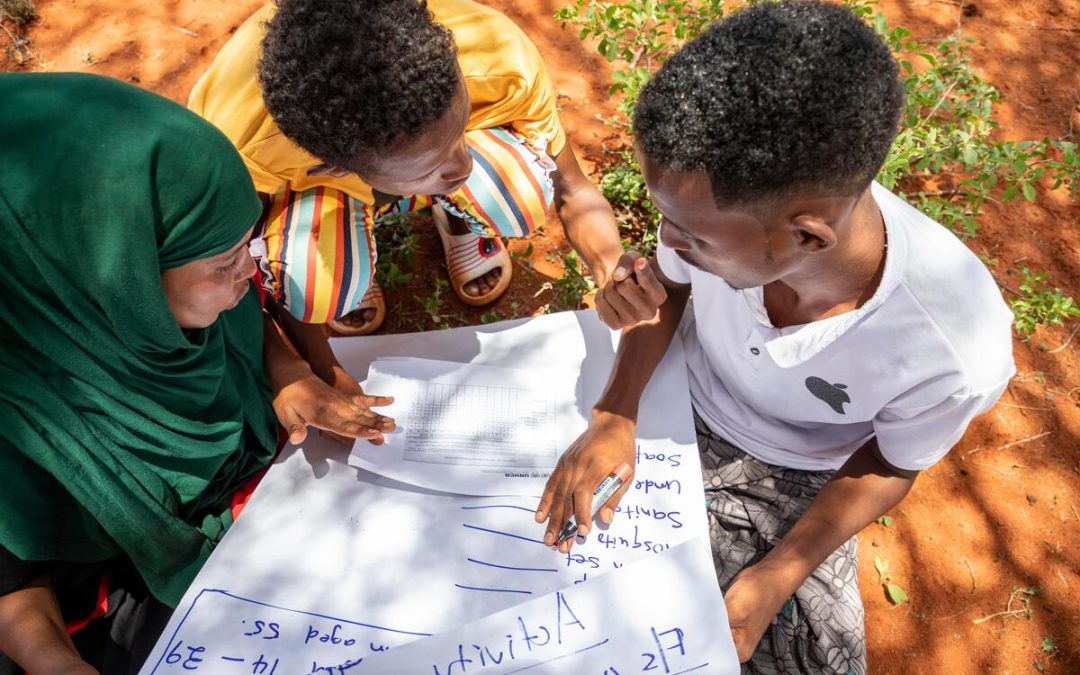
Expanding Development Approaches to Refugees and Hosts in Ethiopia
The primary objective of the 2024 SESRE is to provide up-to-date estimates on the socio-economic conditions of refugees and their host communities, including demographics, employment, education, welfare, and social cohesion.
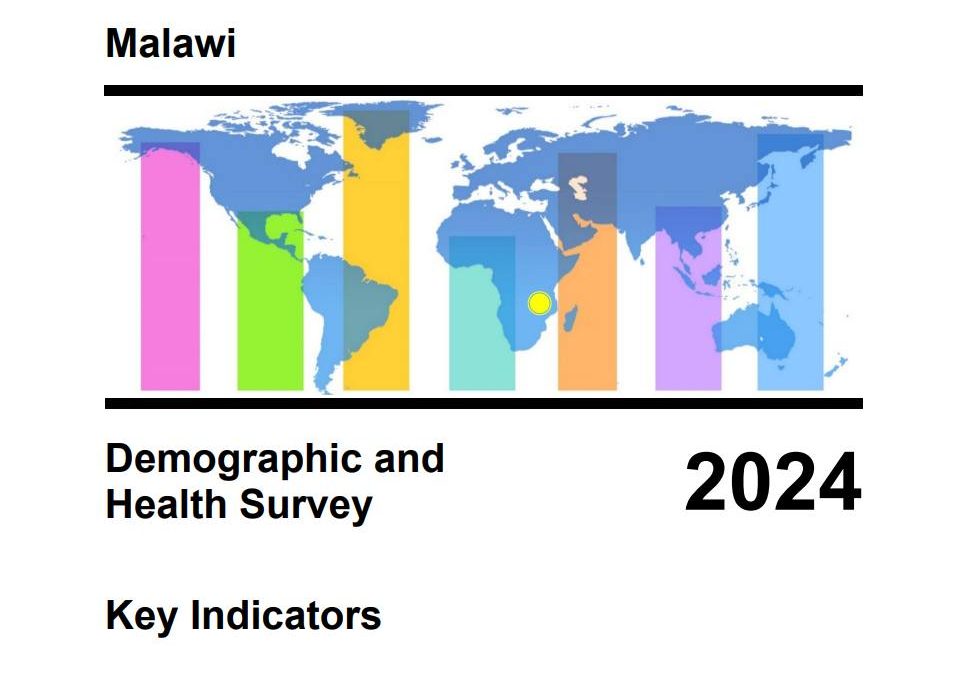
2024 Malawi DHS Key Indicators Report
The 2024 Malawi Demographic and Health Survey (2024 MDHS) was conducted by the National Statistical Office (NSO) from May 13 to August 31, 2024. The primary objective of the 2024 MDHS is to provide up-to-date estimates on fertility, family planning, maternal and child health, childhood nutrition, disease prevalence, and health service utilisation.
Activities
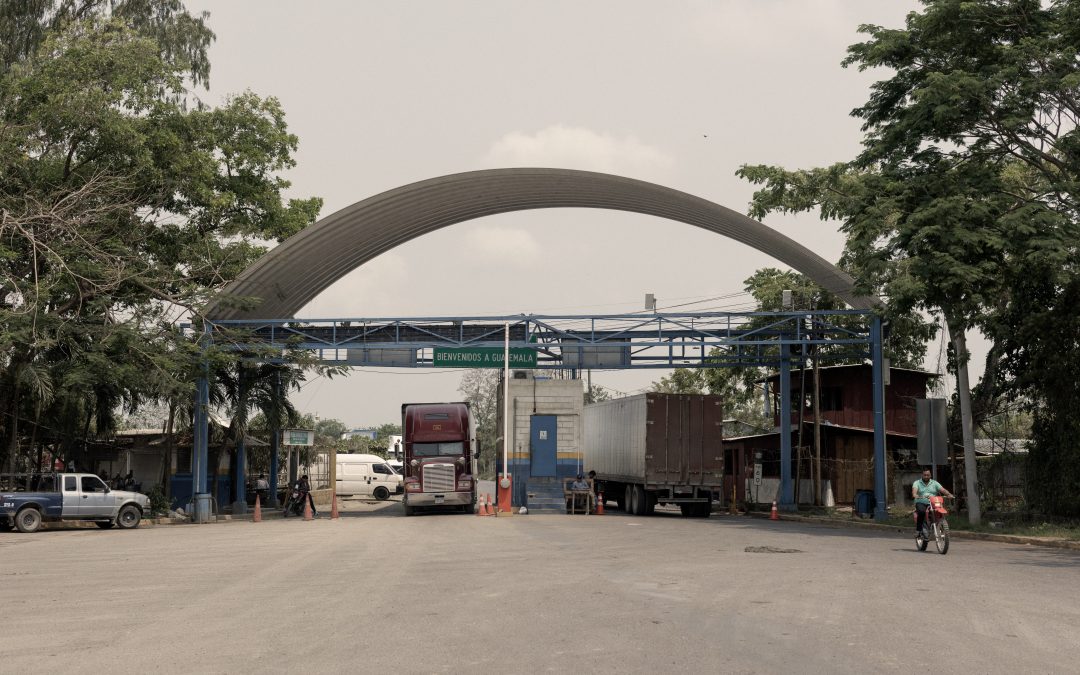
Internally Displaced People in Guatemala
Inclusion of internally displaced persons (IDPs) in Yemen Household Budget Survey (YHBS).
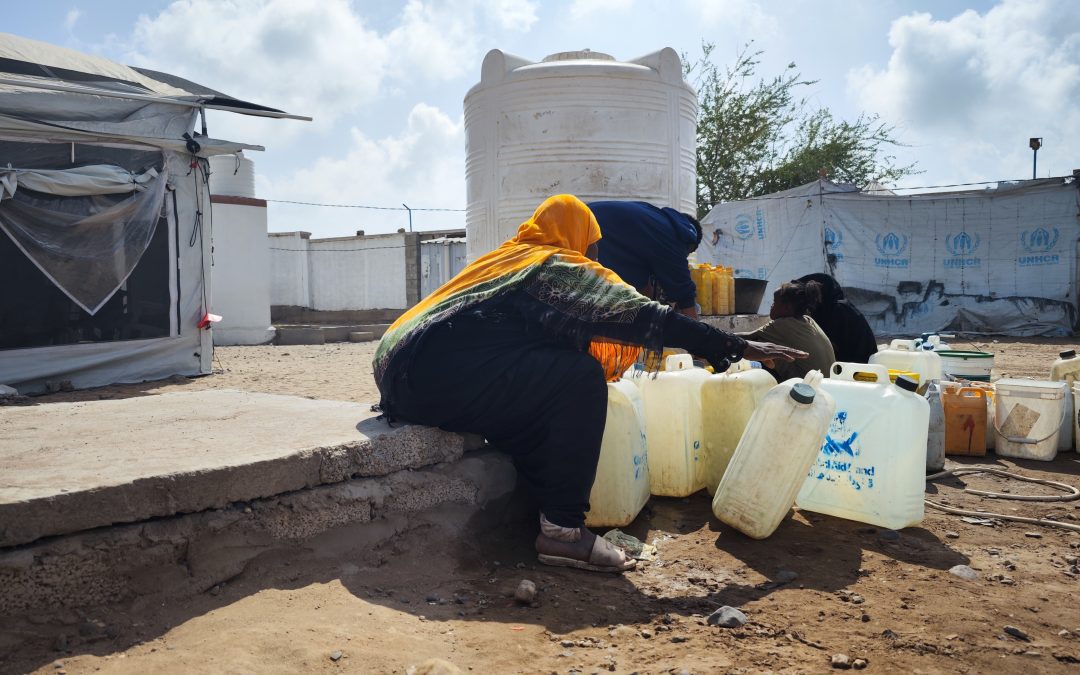
Internally Displaced People in Yemen
Inclusion of internally displaced persons (IDPs) in Yemen Household Budget Survey (YHBS).
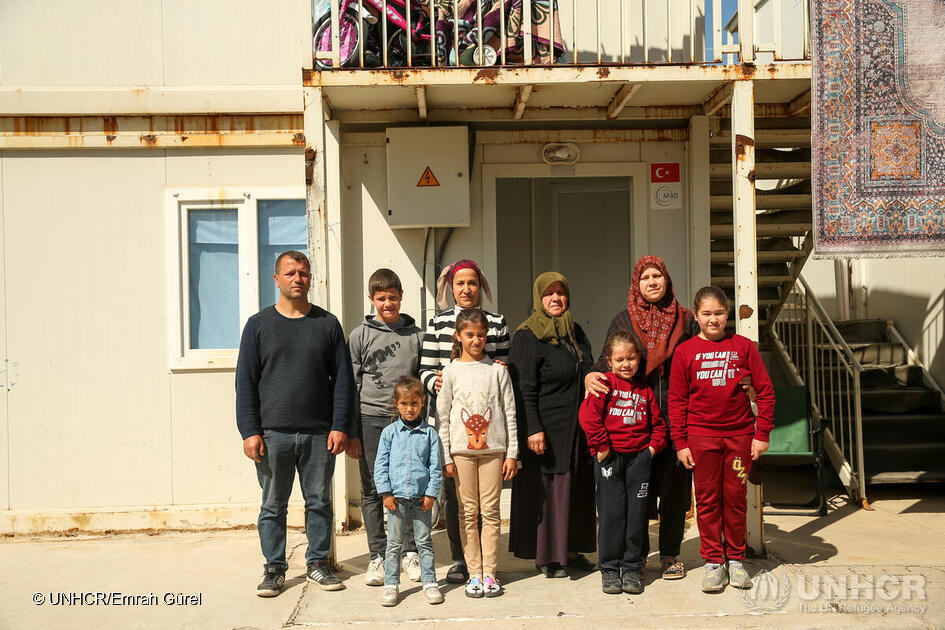
Refugees in Türkiye
Inclusion of Refugees in the World Bank’s Enterprise Survey in Türkiye
Resources
Literature Review Database
Our searchable Literature Review Database provides summaries of recent publications and academic scholarship on forced displacement.
Access the database.
Questionnaire Finder
The JDC and the UNHCR’s Global Data Service provide a platform for accessing comprehensive statistics on the socioeconomic status, wellbeing, and living standards of forcibly displaced populations, incorporating survey-based indicators.
Visit the website.
E-learning
The e-learning course ‘Learning from the Evidence on Forced Displacement’ presents effective policies for displacement settings. The course includes eight modules created by World Bank, UNHCR, and research partners like Columbia University, ODI, and the American Institutes of Research.
Enroll in the course.
Data
Data Collection and Surveys
JDC fosters socioeconomic data collection to improve development policy and humanitarian response.
Check the JDC-supported data collection and surveys.
Forced Displacement Microdata
The dashboard lists the publicly available datasets that have a representative sample of refugees or internally displaced people by country, year, theme, and data producer, among others.
Visit the application.
UNHCR
Microdata Library
The UNHCR Microdata Library offers unit-level data on forcibly displaced and stateless individuals, gathered through censuses, registration/administrative processes, and surveys.
Access the microdata library.
World Bank
Microdata Library
The Microdata Library is a collection of datasets from the World Bank and other organizations, featuring data on forcibly displaced people, such as high-frequency phone surveys.
Access the microdata library.
Recent posts
Forced Displacement in East Africa
The JDC Marketplace on Forced Displacement Research
The Marketplace, developed by the World Bank – UNHCR Joint Data Center on Forced Displacement (JDC) as part of its “Knowledge Agenda,” connects researchers and policymakers by providing a transparent virtual platform for sharing and responding to research needs on forced displacement. It allows stakeholders to post requests, while researchers can propose solutions, with added features like searchable directories and email alerts to enhance collaboration and engagement.
Join Our Team: Senior Communications Consultant
The World Bank–UNHCR Joint Data Center on Forced Displacement (JDC) is recruiting a Senior Communications Short-Term Consultant (STC) to support the implementation of the JDC Strategy 2024–2027. The consultant will translate JDC data, analysis, and results into...
Events
The JDC Marketplace on Forced Displacement Research
The Marketplace, developed by the World Bank – UNHCR Joint Data Center on Forced Displacement (JDC) as part of its “Knowledge Agenda,” connects researchers and policymakers by providing a transparent virtual platform for sharing and responding to research needs on forced displacement. It allows stakeholders to post requests, while researchers can propose solutions, with added features like searchable directories and email alerts to enhance collaboration and engagement.
4th JDC Research Conference on Forced Displacement
The World Bank – UNHCR Joint Data Center on Forced Displacement (JDC) is pleased to announce its 4th Research Conference on Forced Displacement, organized in collaboration with the Faculty of Economics of Chulalongkorn University, UNHCR, the UN Refugee Agency, and the...
Webinar on statistical inclusion for socioeconomic outcomes
On May 20, 2025, the co-conveners of the Multi-stakeholder Pledges on Statistical Inclusion and Economic Inclusion and Social Protection of Forcibly Displaced and Stateless Persons, with UNHCR’s support, hosted a webinar exploring the intersection between inclusive...
Donors

The Government of Denmark represented by Danish Ministry of Foreign Affairs

European Union represented by the EU Directorate-General for International Partnerships (INTPA)

The U.S. Government represented by U.S. Bureau of Population, Refugees, and Migration (PRM).
